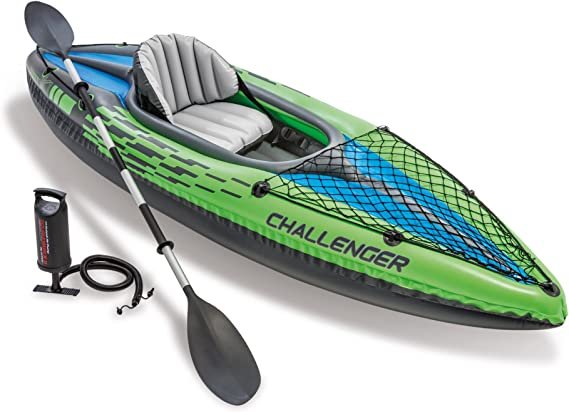Kayaking Rules and Regulations: Essential Guidelines for Safe and Enjoyable Adventures
Kayaking is one of the best ways to connect with nature, get exercise, and enjoy the water. But before you launch your kayak, it’s important to understand the kayaking rules and regulations that keep you—and others—safe. Whether you’re paddling on a calm lake, a busy river, or along the coast, following essential guidelines ensures your adventures remain fun and worry-free.
Why Kayaking Rules and Regulations Matter
Many beginners think kayaking is as simple as hopping into a boat and paddling away. However, like any water activity, kayaking involves risks. Knowing and following the rules:
-
Keeps you safe from accidents and fines.
-
Ensures respect for other water users.
-
Helps protect the environment and wildlife.
-
Makes kayaking more enjoyable for everyone.
General Kayaking Safety Rules
1. Always Wear a Life Jacket (PFD)
A properly fitted personal flotation device is required by law in most places. Even strong swimmers can be at risk in unexpected conditions.
2. Follow Local Waterway Regulations
Different regions have specific rules for kayaking. Always check:
-
Registration requirements (some areas require kayak registration).
-
Access permits for certain lakes or protected waters.
-
Restricted zones such as shipping lanes or wildlife sanctuaries.
3. Know Navigation Rules
Kayaks are considered vessels, so you must follow basic boating rules:
-
Yield to larger boats that cannot maneuver easily.
-
Keep to the right side of channels.
-
Use lights or reflective gear if paddling at night.
4. Respect Weight Limits
Do not overload your kayak with people or gear. Exceeding the weight capacity can make it unstable and unsafe.
5. Alcohol and Drugs Are Prohibited
Operating a kayak under the influence is illegal in most places and extremely dangerous.
Environmental Guidelines for Kayakers
-
Leave no trace: Take your trash with you.
-
Avoid disturbing wildlife: Keep a safe distance from birds, fish, and marine animals.
-
Respect private property: Launch and land only in designated areas.
-
Stick to marked routes: Helps preserve fragile ecosystems like wetlands.
Tips for Safe and Legal Kayaking
-
Check Weather Conditions: Avoid kayaking in storms, high winds, or strong currents.
-
Dress Appropriately: Wear quick-dry clothing, sunscreen, and layers for cold weather.
-
Carry Safety Gear: A whistle, flashlight, and phone in a waterproof case are essential.
-
Stay Visible: Bright clothing and flags help other boaters see you.
-
Paddle With a Partner: Solo kayaking is riskier, especially for beginners.
Common Mistakes to Avoid
-
Ignoring local boating laws.
-
Skipping life jackets for short trips.
-
Underestimating tides, currents, or wind.
-
Blocking boat ramps or docks when launching.
Final Thoughts
Understanding kayaking rules and regulations is just as important as learning paddling techniques. By wearing a life jacket, following local laws, respecting nature, and using common sense, you can ensure every trip is safe, legal, and enjoyable.
So before your next kayaking adventure, take a few minutes to review the rules—it could make all the difference between a risky trip and a memorable one.
